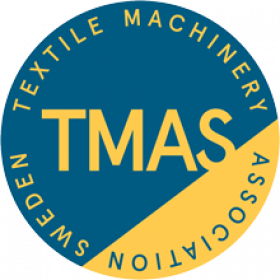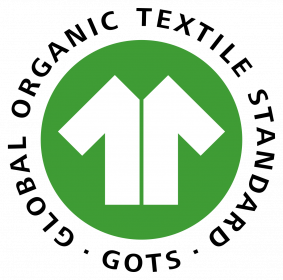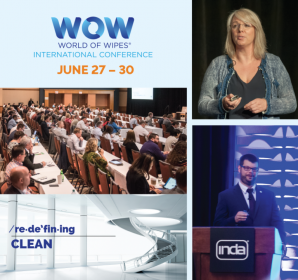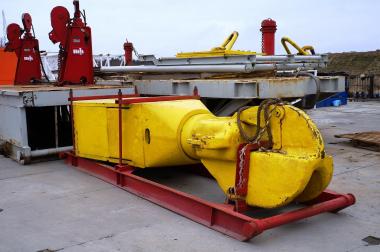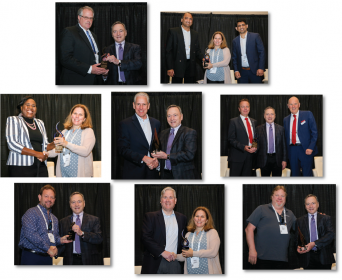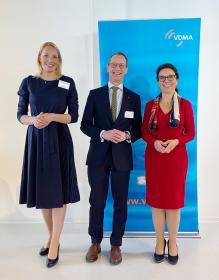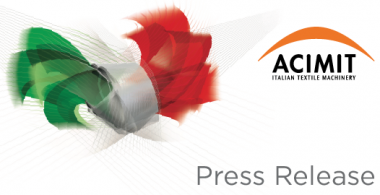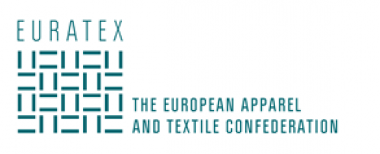INDA promotes Tony Fragnito to President
The Board of Directors at INDA, Association of the Nonwoven Fabrics Industry, elevated Tony Fragnito from Chief Operating Officer of INDA to President of INDA effective May 31. Fragnito will assume the position currently held by Dave Rousse, who will become President Emeritus and provide support and assistance to Fragnito as needed until Rousse fully retires in January, 2023.
Fragnito joined INDA November 29, 2021 as Chief Operating Officer and has been leading INDA’s implementation of its new Strategic Plan, as well as updating INDA’s technology platform. This follows decades of leadership experience assisting trade and professional organizations in realizing their organizational and operational potential. A certified public accountant, Fragnito brings strong financial acumen in addition to extensive information technology, human resource and program management accomplishments from organizations representing a variety of professions and industries.






